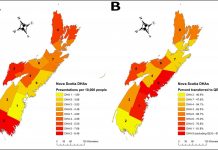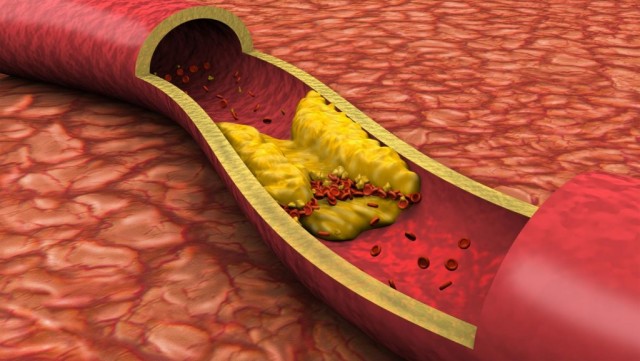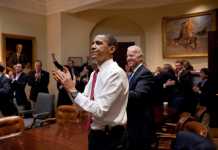Challenging one of medicine's long-standing beliefs, a team of scientists funded by the National Heart, Lung, and Blood Institute (NHLBI) and the National Institute on Aging (NIA) has found the strongest evidence to date that human heart muscle cells regenerate after a heart attack. In a paper published in the June 7 issue of the New England Journal of Medicine, scientists from New York Medical College in Valhalla, NY report their success in finding large scale replication of heart muscle cells in two regions of the heart, and in identifying several other key indicators of cell regeneration.
"It has long been assumed that when the heart is damaged � such as after a heart attack � heart muscle cells do not regenerate and the damage is permanent. This assumption has been challenged in recent years by evidence that heart muscle cells may in fact regenerate. Now, this latest research provides the most dramatic and clear-cut demonstration to date of heart cell regeneration after cardiac injury," says Claude Lenfant, M.D., director of the NHLBI, a component of the National Institutes of Health (NIH).
"With this landmark study, we have a new understanding of the heart that opens up the possibility of repairing heart muscle damage after a heart attack," he adds.
"This finding, if confirmed, may begin to clarify how hearts respond to the normal insults of aging through previously undetected repair mechanisms," says David Finkelstein, Ph.D., director of basic cardiovascular research at the NIA.
Piero Anversa, M.D., professor of medicine and director of the Cardiovascular Research Institute, and colleagues, studied myocytes (heart muscle cells) from the hearts of 13 patients, 4 to 12 days after their heart attacks, and from the hearts of 10 patients who did not have cardiovascular disease. Samples were obtained from the border zone near the site of the heart attack and from a more distant site from the damaged tissue.
Continue Reading Below ↓↓↓
By viewing these areas of the heart with a high resolution confocal microscope, Anversa and colleagues were able to measure the expression of Ki67, a protein found in the nucleus of dividing heart muscle cells. Ki67 is expressed during all phases of a cell's life cycle and is a strong indicator of cell division.
The scientists also obtained images of mitotic division and found other evidence of myoctye replication, including the formation of the "mitotic spindle," and "contractile ring," critical structural indicators of cell division.
Important evidence of myocardial repair was demonstrated by the mitotic index, a measurement of the degree of myocyte division. In comparison with normal hearts, the number of myoctyes multiplying in diseased hearts was 70 times higher in the border zone and 24 times higher in the remote myocardium.
The next challenge, according to Anversa, is to find the source of the dividing myoctyes. "Are these cells a sub-population of known cells that retain the capacity to divide, or are they multiplying cells that originate from stem cells present in the heart?" he asks.
"There are preliminary indications that primitive cells like stem cells exist in the human heart. Stem cells may have the ability to develop into the various cardiac cell types and form new healthy functioning myocardium. If we can prove the existence of cardiac stem cells and make these cells migrate to the region of tissue damage, we could conceivably improve the repair of damaged heart muscle and reduce heart failure," says Anversa.
Research on animal models supports this possibility. In the April 4 issue of Nature, the Anversa team and a colleague at the NIH reported that adult stem cells isolated from mouse bone and injected into a damaged mouse heart became functioning heart muscle by developing into myocytes and coronary vessels. Moreover, the newly formed tissue partially restored the heart's ability to pump blood.
Although a cardiac stem cell has not yet been identified, scientists have identified a neural stem cell in the brain.
"Why not the heart?" asks Anversa.
Source: NHLBI











